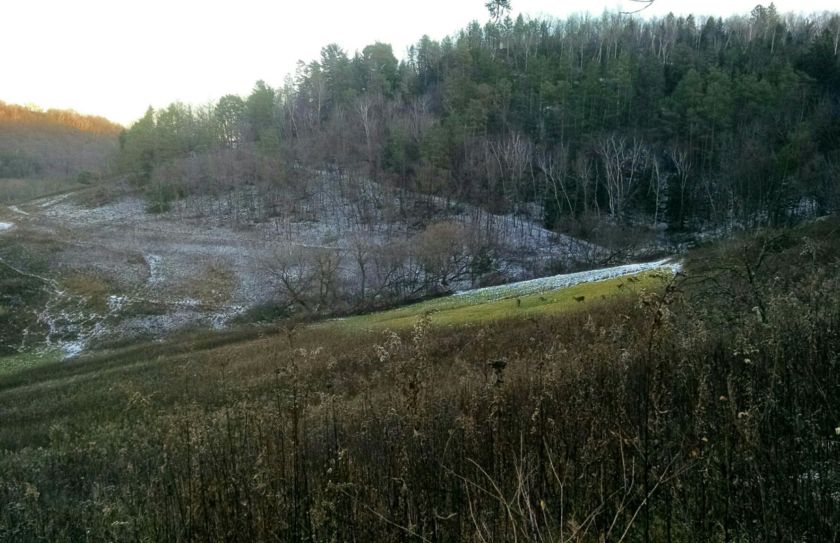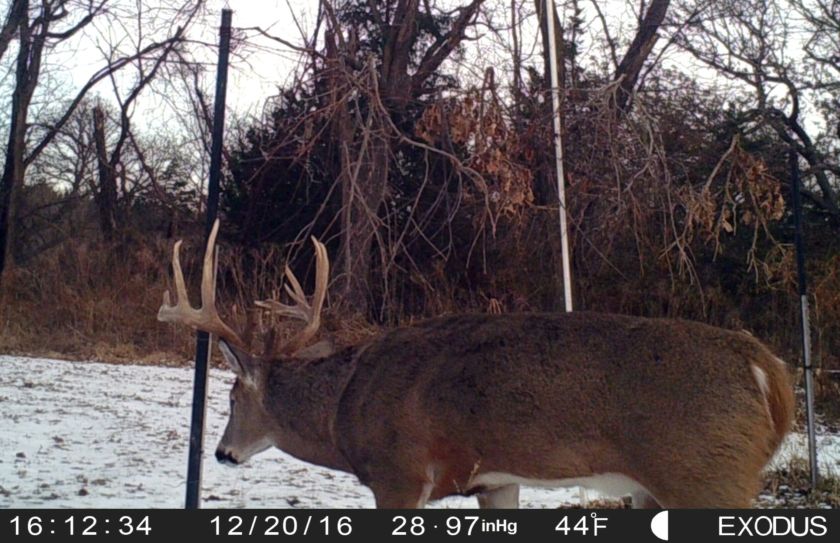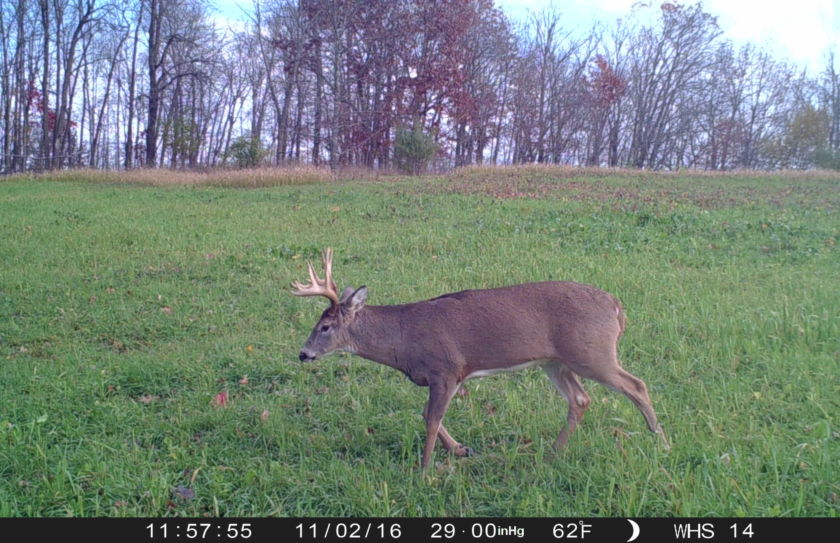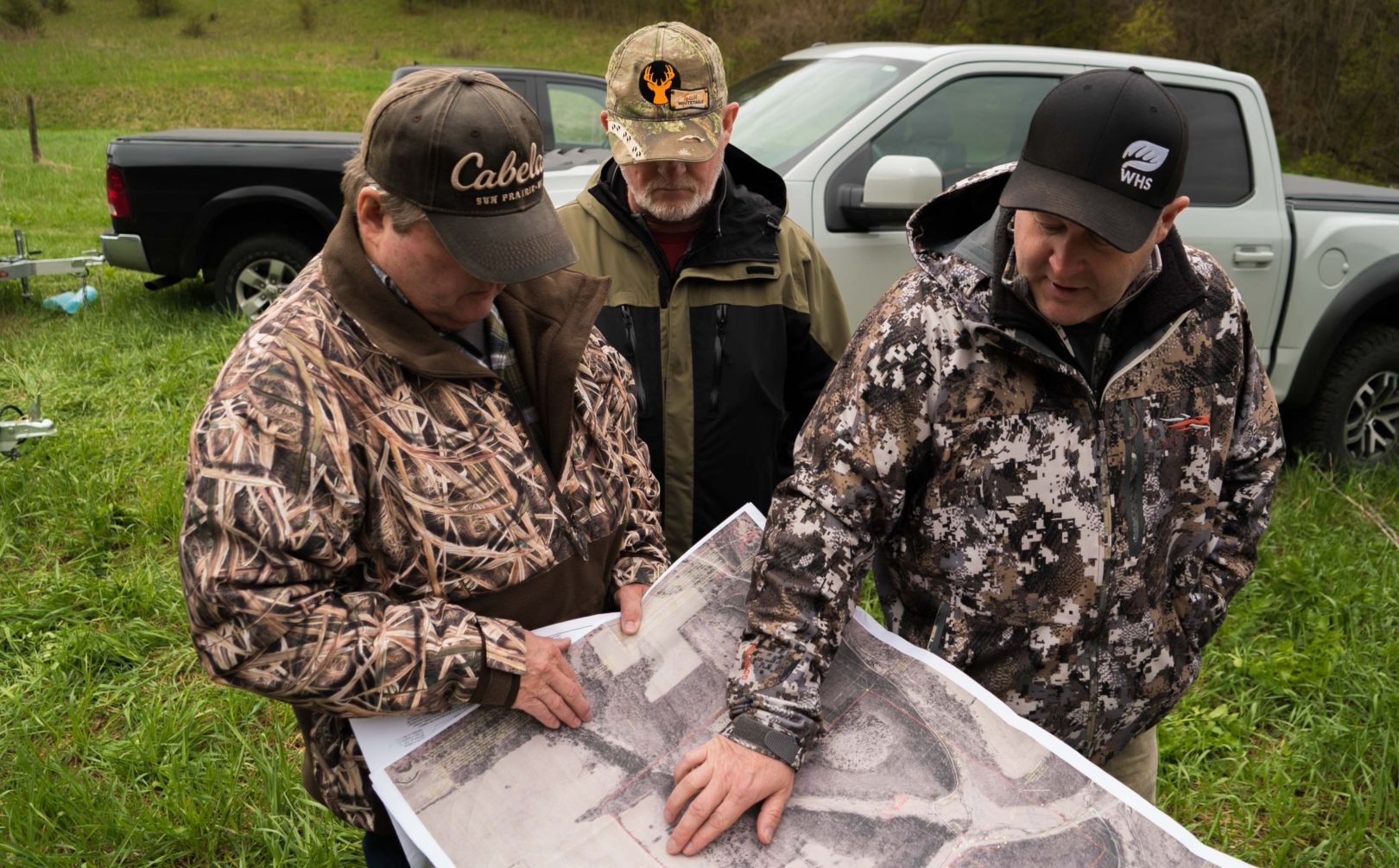
Finding the perfect whitetail parcel to buy or lease isn't easy. If you desire to capture your whitetail dreams, then you may need to think outside the box of traditional deer land ingredients. After scouting nearly 700 parcels in 25 states since 2005, there are 20 deer parcel qualities I have experienced, you should consider.
One of the greatest points about buying land is the potential of that parcel to hunt and manage deer as a larger parcel, or smaller. The more invasive your approach, the smaller the value per acre. The greater the level of monoculture habitat, the smaller the value per acre. The more small neighboring tracts, the lesser the amount of topography and the lack of open ground for food plots: The smaller the parcel really is. On the flip side, highly diverse parcel adjacent to large agricultural parcels and passionate whitetail neighbors, while offering a great change in topography with great access, can be greater in value that some parcels several times its size. You need to consider overall, that the size of the parcel is not necessarily indicated by the number of acres, no different than the size of the fight in the dog is not necessarily reflective of the size of the dog in the fight.
1. Lack of Water
Deer don't need to actually take a drink of water, and unless you live in some of the arid portions of the South 1/2 of the country, having more water on your land doesn't typically attract more whitetails. By not having water on your new deer parcel, you can use water sources that you create in specific locations, to highly define deer movements.
2. Low Timber Value
Let's face it, the best whitetail and wildlife habitat most often takes place in locations that feature some of the worst timber values. Soft maple, box elder, poplar, shrubs, upland habitat, native grasses, briars and open-growing conifers hardly equal timber value, but they do equal wildlife value!
3. Edge, Edge, Edge
Whitetails are creatures of edge. Edge is where two or more habitat types meet, including age of timber, type of habitat and elevation changes. The more edge the better, and that counts for most wildlife species.
4. Open Food Plot Space
After carving out 14 food plots totaling 8 acres over 5 years -1 tree at at time- you can bet that I would recommend saving yourself thousands of dollars and hundreds of hours of your time, by making sure that your next deer parcel includes open ground.
5. Adjacent Large Parcel Holdings
Large neighboring parcels that support hidden deer populations, are easy to tap into with the right land and hunting strategy - and that often includes adjacent public land.
6. Extreme Habitat Diversity
If it seems confusing because there are so many moving parts, consider buying it! The best whitetail parcels are the extreme opposite of a monoculture.
7. Topography
Got hills? If you do consider yourself very fortunate! Elevation changes of 50-500' not only keep a good % of the hunters out of remote locations, but I have experienced time and time again that topography also hides deer, protect bucks and improve buck age structure.
8. Multiple Access Points
Being able to access your land from 2 sides is great, and 3 or 4 sides is even better! The more sides that you can access your land from, the fewer the number of acres that you need to pull out of deer habitat, and reserve strictly for your access.
9. Roadside Ambush
One of the best ways to make a tiny parcel of 20 acres or less even bigger, is to be able to sneak into a stand location by using the road as your access.
10. Passional Whitetail Neighbors
There are often two types of passionate whitetail neighbors, including: Those that build great habitat and spook a lot of deer, and those that build great herds that together, you can create something extremely special. Either way, both benefit you and undoubtably you will have great neighbors either way.
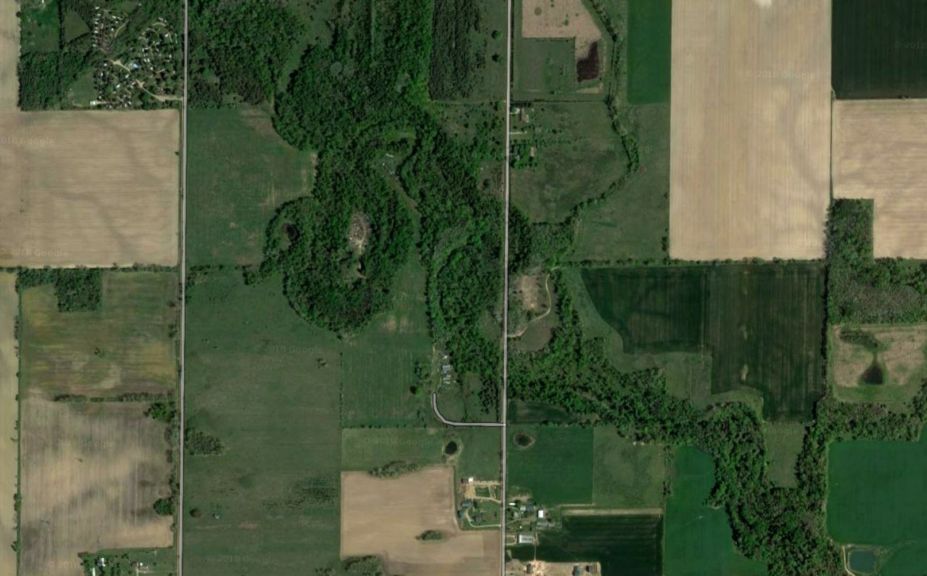
*Using food sources to Attract Deer from great distances, is easy to accomplish when your land is located within a hub of the neighborhood habitat, including fencerows, ditches, and lowlandfunnels.
11. Avoid Existing Government Programs
Some of the most unfortunate landowners I have experienced, are those that have purchased parcels that can not be improved to a high enough level to achieve their whitetail desires, because those parcels have already been enrolled in a government program such as MFL or CRP. It always pays to establish your whitetail and wildlife strategy design first and then enroll your parcel into an appropriate program.
12. Exterior Cabin Location
If you have to drive into the center of your land to access your cabin and then hunt, your hunt can often be over, before you open you truck door.
13. Border Road System
Being able to access your land from a great road around your borders is not only an efficient way to access your land, it offers major strategical hunting benefits and keeps your neighbors from hunting your property lines.
14. Screened Parcel Parking And Approach
If you can drive to your land during the early morning hours, get out of your truck, change into your hunting clothes and then access your stand locations without any deer on your land knowing you are coming, your new land passes the test!
15. Big Picture Neighborhood Hub
An aerial photo can reveal plenty about the mature buck potential of your land. Whitetail properties that hold the bulk of the area's whitetail habitat, complete with lines of ditches and fencerows connecting to it from distant whitetail acres, can be the perfect neighborhood hub to collect bucks from far and wide.
16. Existing Adequate Deer Population
In 1999 I purchased a 120 acre chunk of poor soil and poor habitat, in a poor whitetail climate. I captured 1 spike on my trail cameras that year, and it took until 2006 to build the land to capture pictures of 17 different bucks, and until 2007 to experience a 4 year old buck. Although my UP of Michigan whitetail endeavor was a labor of love and exceptional rewards, I have experienced 100s of parcels across the north 1/2 of the whitetail landscape, that included those numbers on Day #1.
17. Soil And Big Buck Potential
Great soil is over-rated. In fact, one of the poorest pieces of advice I have every heard when it comes to whitetail habitat management is, "Find a soil map, located your best soils and plant your food plots". That statement is no different than pointing out that red cedars are the best treestand tree, so locate all of the biggest red cedars on your land, and slap a treestand on it. Instead, food plots that are located in adequate soil types but in the right location, trump food plots purely located by soil quality, nearly every single time. Also, great soils don't necessarily indicate big antlers and great deer herds. When you locate great buck age structure and antler quality, you may find that you have great soil, or not.
18. Interior Trail System
Interior trail systems on deer parcels not only allow you to access stand locations, food plots, mock scrapes and to assist in deer recovery, but they allow you to slip thru bedding areas and within the core portions of your land, after the sun sets and the deer are predictably feeding in destination food sources. However, make sure to avoid the temptation of planting your interior trails to provide more food. Daytime browse should be provided by woody regen and early successional growth, which keeps the deer off of your access and creates daily movement towards exterior food systems that you can actually hunt.
19. Huntable Natural Habitat Funnels
Constrictions of waterways, topography and habitat changes that are located somewhat near your borders, make for easy funnels to build and define deer movements on your land, that you can easily hunt.
20. Agricultural Setting
As long as major ag land is within 1-2 miles of your land, you typically can experience decent deer numbers, diverse habitat settings and established major hubs of deer movement, before you ever even lift a finger to make any deer improvements. Ag parcels are not only the preferred habitat settings that you should be looking for, they are the easiest variety of whitetail habitat to experience the fastest level of extreme whitetail success.
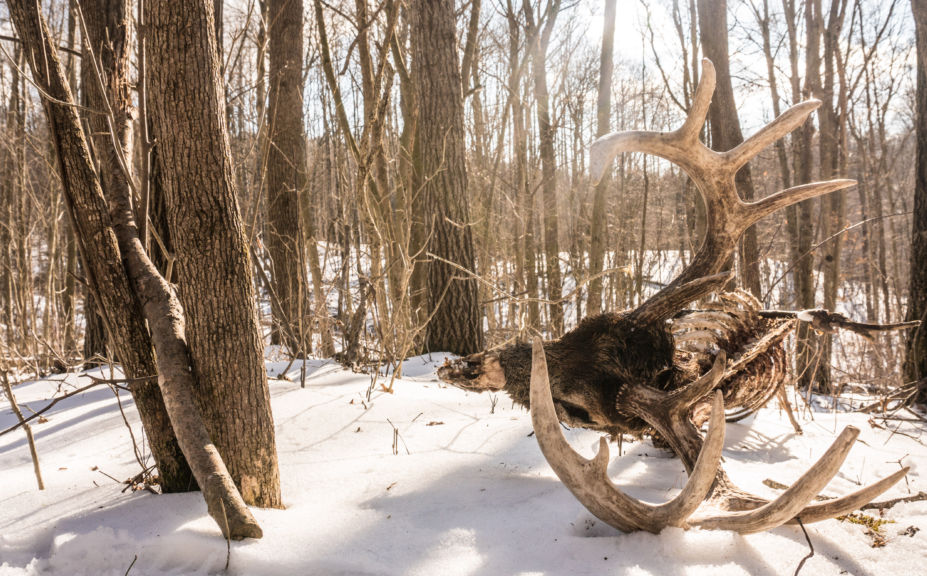
*Creating daylight Buck Travel on your land is fairly easy when you combine great deer habitat and high quality hunting practices!
Conclusion
How big is the parcel you are considering? Something to think about is that if you checked off the majority of those 20 points, your new parcel will be worth a lot more per acre in terms of your potential whitetail success, than some parcels several times its size. How large your parcel has the potential to be, is really more important that how many acres it holds. I have seen dozens of parcels that are 60 acres or less, that control the bulk of the daylight mature buck movement for a mile in any direction. Those small, super-parcels aren't pipe dreams, so make sure that in the end the size of the parcel isn't confused with the potential quality of the parcel. Once you decided on your parcel, make sure that you check out the Design and Turnkey habitat services that WHS offers! With nearly 700 parcels in 25 states under my belt, you can bet that our WHS team, including Habitat Creation Expert Ross Fernandez, has the experience and knowledge to get it done right, the first time!
